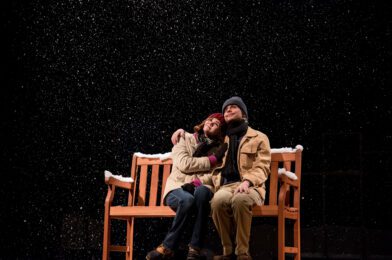Nikon D750, Sigma 24-105mm f/4 DG OS HSM Art, ISO 2200, ƒ/4, 1/80
When you go and experience the Theatre, you see the story’s sequencing into moments. Within each scene, there is build to a crescendo, and then all of these different scenes build to a showstopper most of the time.
A showstopper is a performance or segment of a theatrical production that induces a positive audience reaction strong enough to pause the show.
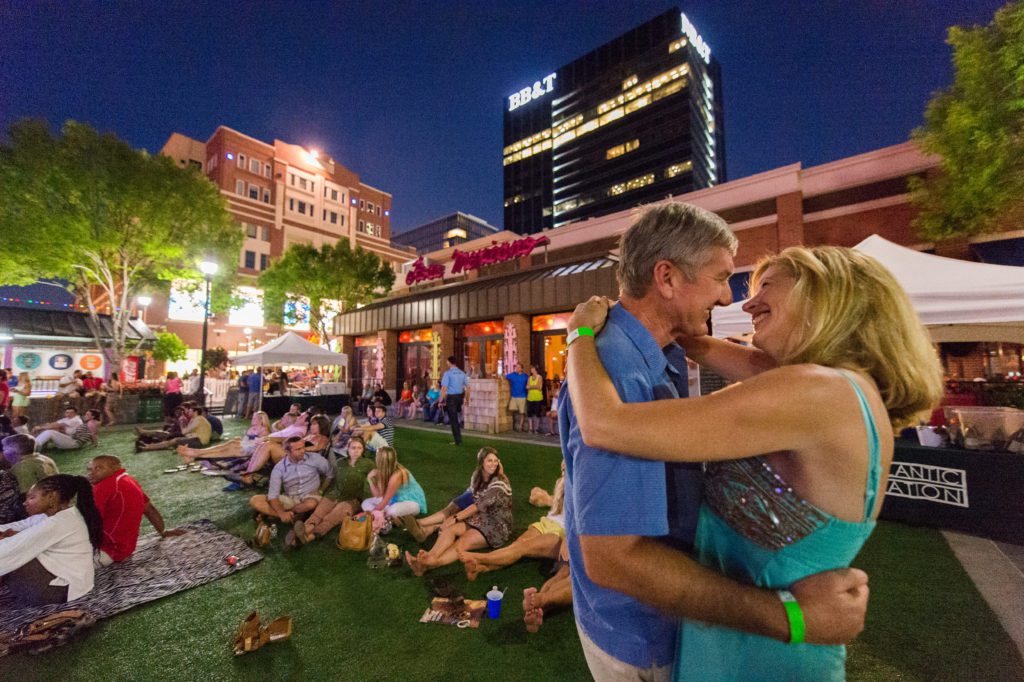
Now, comparing the two photos above, the main difference is that one is a theatre production, and the other is real life in real-time.
For a scene to be a real showstopper, the actors must portray what would be in a real-life situation through their body language, expressions, and tone of voice.
Now what the theatre has in common with still photography is that real life is more like video and moving constantly and with theatre and the still image, the pause of the action allows the audience to absorb the moment.

In life, we have moments where we ponder and think. If a writer is describing this brief moment, it may take four or five pages to tell all that weighs on the character and their thoughts and dreams. In real life, you cannot hear or read people’s thoughts. However, in real life, the person’s expressions often communicate some of this, which a writer only has text to convey.
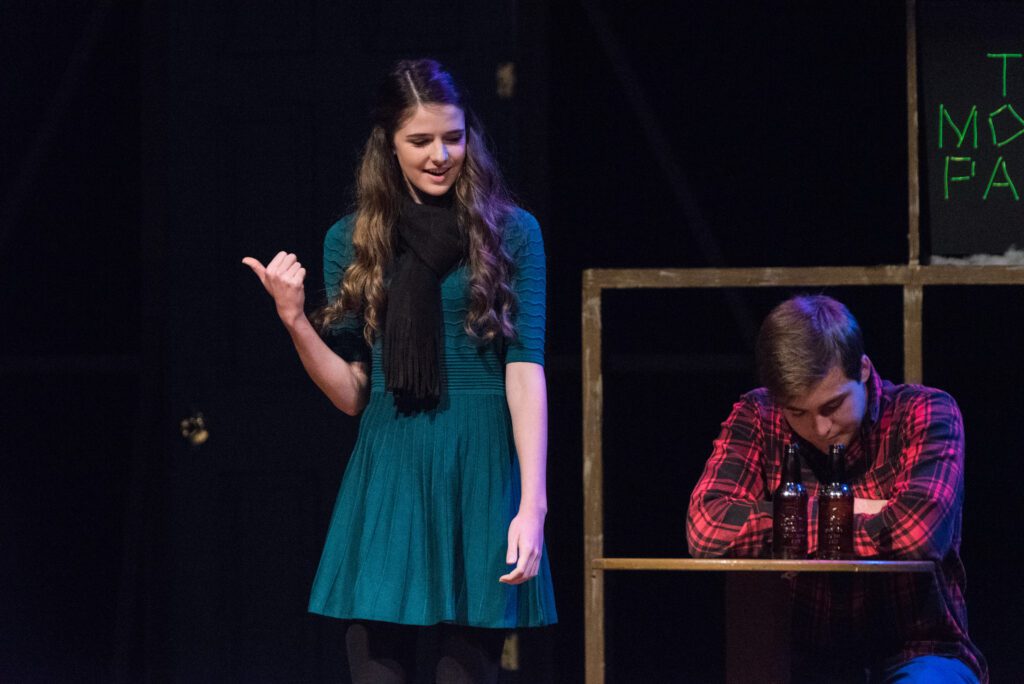
Actors must convey those four to five pages of text from a book into the play version of that book. The playwright may have notes to the side of the script to help the actor know what they are trying to communicate, but still, what it boils down to is capturing in a moment the expression, body language, and tone to speak to the audience the character’s thoughts.
Photojournalists/photographers are not actors in a play. If they are a photographer and are shooting a scene that will be used in advertising to sell something or doing public relations for a corporation, they often will assume the director role. They will place the actors and create the scene to communicate all they need to capture to move the audience to action.
If they are photojournalists, they cannot take on the director role. They take on different parts. The best way to describe that role has been to be the fly on the wall. The photojournalists can fly around the room looking for a better perspective to see what is going on. Then they capture moments as they happen to later communicate to their audience what happened.
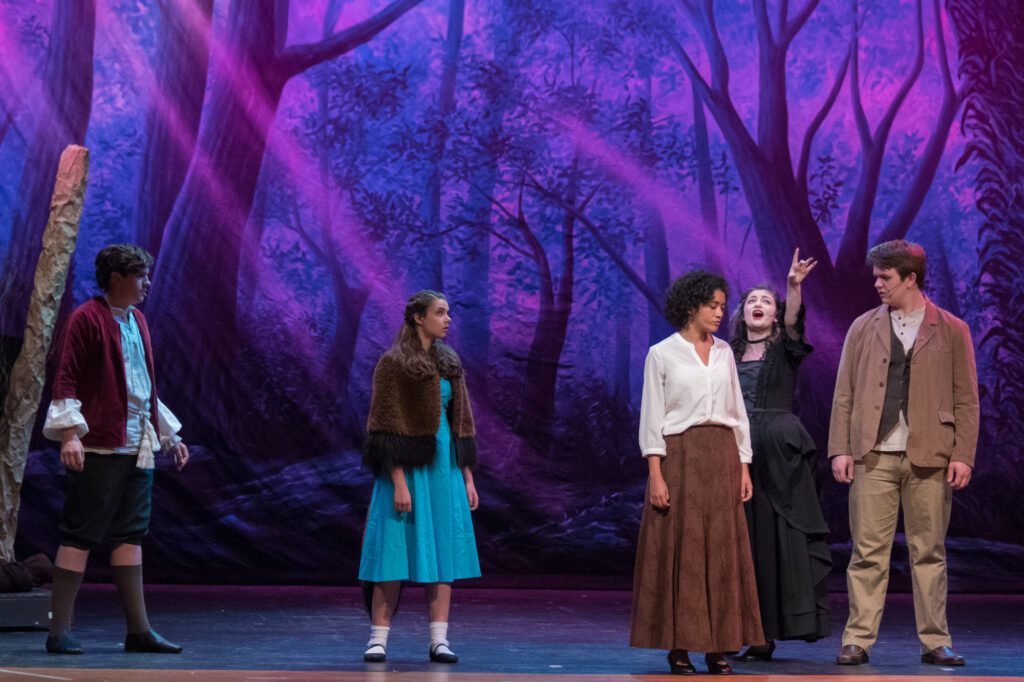
What do the novelist, playwright, director, actor, and photographer all have in common, regardless of their role? Each is aware of what they are communicating and why. To move the audience, you must know what you are trying to capture as a photographer.
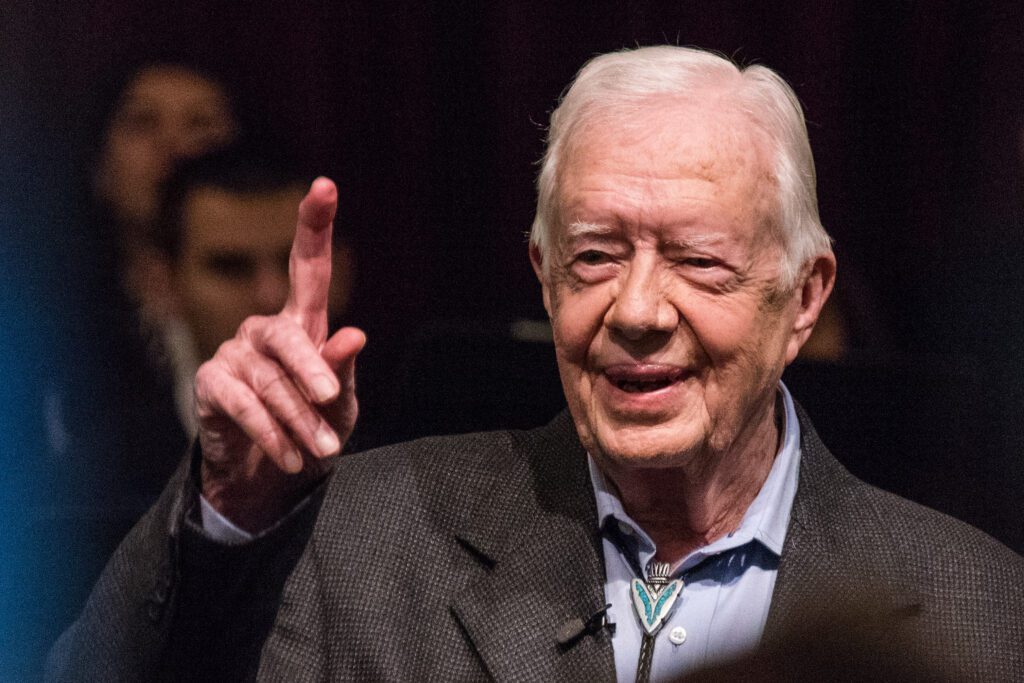
If you are a photographer, you are capturing moments for which you hope they make others pause. As a photojournalist, I have learned to do my research before I show up. Listen a great deal with my ears and eyes. I clarify through questions to understand the situation, so I am doing all I can to be true to the moment and not preconceived thoughts. I look for those moments that will capture and hopefully be the showstopper that makes you pause and absorb the moment.
I want my pictures to be worth the price of admission my clients pay to see them.

